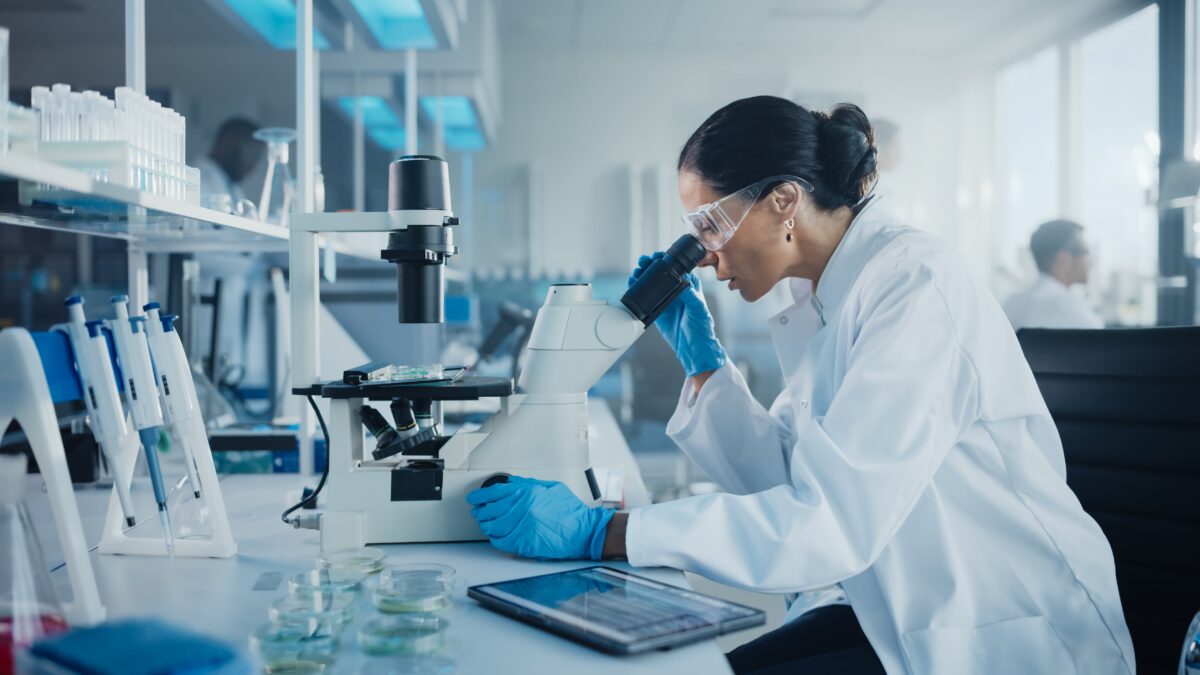


Gene-targeted therapy and immunotherapy can be regarded as the most cutting-edge methods in current cancer treatment, saving the lives of many cancer patients. An essential indicator in these new types of cancer treatment is cancer biomarker testing.
Here are answers to nine frequently asked questions about cancer markers.
The full name of biomarker is biological marker; a cancer biomarker or cancer marker, as the name suggests, indicates the characteristics of cancer.
Modern medicine is moving toward precision medicine, which is also known as personalized medicine. Medical experts are not only concerned about the general tissue classification of cancer, but have also begun to pay attention to how the same type of cancer manifests in different patients. According to the National Cancer Institute, these characteristics reflect different changes in genes, proteins, etc., and these differences can affect the efficacy of cancer treatment. Therefore, doctors can develop targeted treatments based on these differences.
These genes, proteins, and other molecules that represent the characteristics of cancer in different patients are called cancer markers.
There are other names for cancer biomarker testing, such as tumor genetic testing, tumor subtyping, molecular profiling, etc.
An important purpose of cancer biomarker testing is to seek targeted cancer treatments.
For example, there are mutated EGFR genes in the cancer cells of many lung cancer patients, and there are BCR-ABL genes in cancer cells of patients with a type of chronic leukemia; these two mutated genes are cancer markers for corresponding cancer patients, and they provide important survival signals for the cancer cells. Hence, drugs targeting these genes can be an effective treatment.
In cancer biomarker testing, doctors first need to take a small sample of cancer tissue from the patient. For solid tumors, they can take a sample during surgery; if the patient does not require surgery, a sample is obtained through biopsy.
For example, for lung cancer biopsy, doctors generally use minimally invasive methods such as bronchoscopy and thoracoscopy. Experienced surgeons may use video-assisted thoracoscopic surgery (VATS), which involves making a small incision between the patient’s ribs, and inserting a tiny camera and surgical tools into the chest cavity to take tissue samples under video guidance.
However, if necessary, the doctor may also recommend a thoracotomy to obtain tissue samples.
For leukemia patients, a sample of cancer cells can be obtained through a blood draw (liquid biopsy).
Typically, cancer biomarker testing also requires healthy cells in the patient’s blood, saliva, or skin to compare against abnormal changes found in cancer cells.
After a patient’s tissue sample is taken and sent for testing, it can be screened for dozens or even hundreds of cancer markers. However, doctors may also choose to check for only a few common cancer markers. One example the National Cancer Institute gives is the case of Oncotype DX, which is a breast cancer marker test that measures the activity of 21 different genes to predict whether chemotherapy is likely to work for the patient.
Generally, the results of a tumor marker test are available within 72 hours, although some may take longer.
In addition to testing directly with cancer tissue samples, the U.S. Food and Drug Administration has also approved the use of two noninvasive liquid biopsy tests that look for cancer markers from cancer cells in blood or other fluids, but they have a higher rate of false negatives.
There are different types of cancer markers for different types of cancer. For example, the main cancer markers for lung cancer include EGFR, ALK, and KRAS. The main cancer markers for breast cancer include ER, PR, and HER2, and the main markers for ovarian cancer include CA125, CEA, LDH, β-hCG, etc.
Most cancer biomarker tests require genetic testing, while some look for proteins or other substances. Most cancer biomarker tests check for one or more genes, and there are two tests that use whole-genome sequencing to look at the entire DNA sequence in cancer cells.
However, according to the National Cancer Institute, cancer biomarker testing is different from general genetic testing for cancer risk. Cancer susceptibility genes are present in healthy cells of the patient and can be passed on to offspring. Cancer biomarkers, on the other hand, denote mutated genes in cancer cells, and these mutated genes will not be passed on to offspring.
Although cancer biomarkers reflect the characteristics of cancer, a biopsy is usually required before a diagnosis of cancer can be made. Some clinicians suggest that patients should consider cancer biomarker testing at this stage; if a cancer diagnosis is confirmed, a subsequent biopsy may not necessarily yield enough tissue samples, so it is better to make good use of the first biopsy or surgery.
For various reasons, multiple biopsies may be required during cancer biomarker testing. For example, an insufficient tissue sample from the first biopsy requires a second biopsy. There may also be new dominant genetic mutations in cancer recurrence, which also require repeat biopsies to check for new cancer markers.
If a cancer patient tests positive for a cancer marker, it may be considered lucky in a way, because it means that the patient can receive the corresponding targeted drug therapy. Before the test, patients can discuss with their doctors which cancer markers are worth checking. The scope of testing may not be limited to cancer markers targeted by existing approved drugs; new drugs and corresponding markers in clinical trials may also be considered.
A negative result of a cancer biomarker test only means that the corresponding targeted therapy is not suitable for use; the patient still has many other treatment options, such as immunotherapy.
